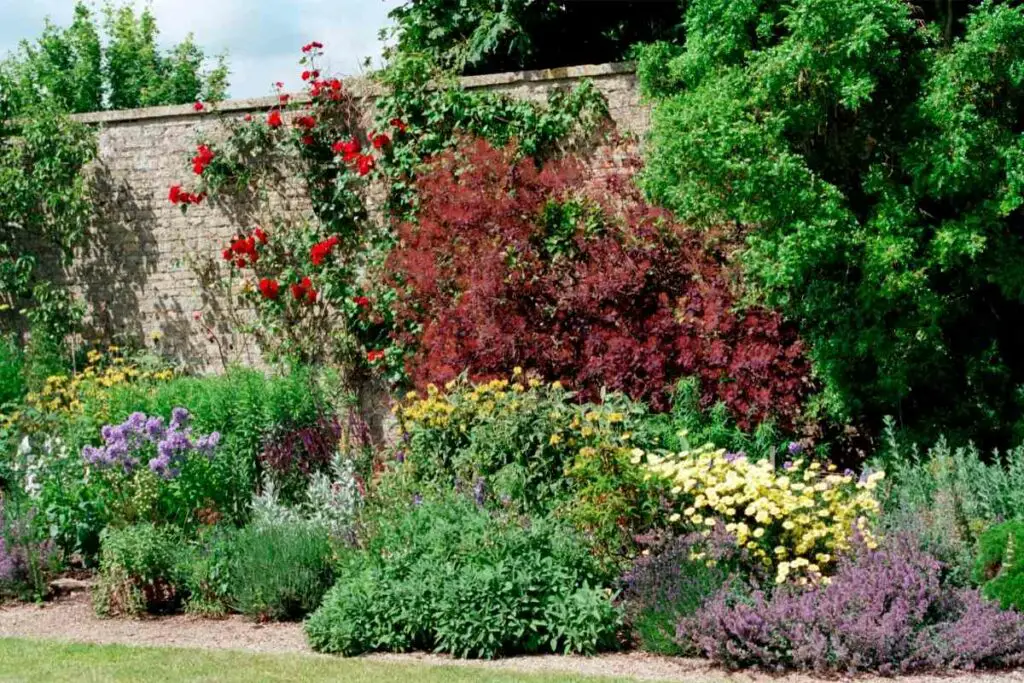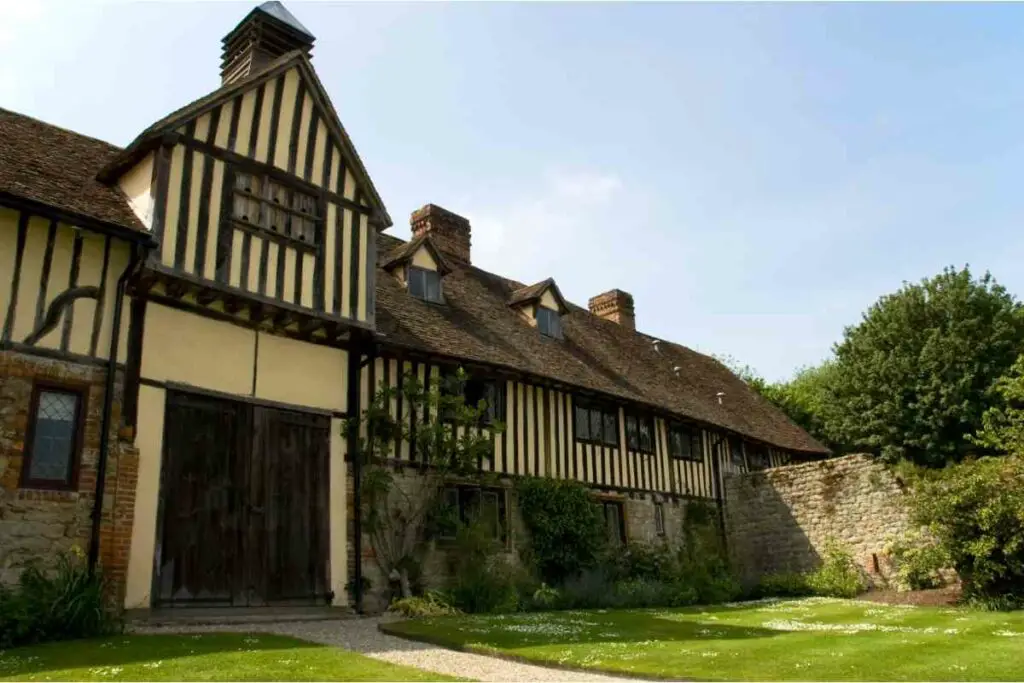Hawkhurst, Kent is a beautiful place for gardeners to visit. The area is “the garden of England” for a reason- you can discover beautiful gardens and massive orchards. There are even gardens on nearly every property in the area.
Suppose you’re going to be in Kent soon. In that case, you’ll want to visit these five places: the Walled Nursery, the Great Dixter House, Ightham Mote, Pashley Manor Gardens, and Sissinghurst Castle. These locations have stunning gardens year-round that you’ll want to check out.

1. What Is The Best Place To Visit For Gardeners? – The Walled Nursery
The Walled Nursery is an essential stop for anyone visiting Kent! It’s a historical location and has a vital role in the gardening world. While there, you’ll have the chance to view Grade II Victorian glasshouses, which come from the 1800s.
The glasshouses have many different plants year-round. You’ll discover various plant life in the Melon House, Cucumber House, Peach House, and more.
These houses feature plenty of produce, including cucumbers and tomatoes, which grow well in the warm environment.
There are also plenty of tours, classes, and activities to take advantage of. Gardeners can benefit from the classes held there. If you love gardening, you’re sure to appreciate how much there is to learn from the Walled Nursery.
The staff and owners here are very talented. They grow everything, all while maintaining the manor and property.
The property uses a lot of redwood timber, a softwood that needs maintenance to prevent rotting. The crew handles it while still caring for the garden.
Currently, the entire garden is going through a restoration. You can expect more glasshouses to be ready for viewing over the years.
The crew there focuses on providing both beginner and master gardeners with plenty of information, so you’re sure to find activities to enjoy there!
Overall, the Walled Nursery has much to offer gardeners, no matter your skill level. You can explore the restored Victorian glasshouses, eat at the cafe, or browse the flower shop.
If you need inspiration for your own gardening projects at home, the Walled Nursery is sure to provide!
2. The Great Dixter House
Next, the Great Dixter House; Gardens is next to the Walled Nursery. You can visit both and enjoy the beautiful gardens there. The Great Dixter house is known for having one of the best gardens in the country.
The gardens surround a timber-framed house that belonged to gardener and writer Christopher Lloyd.
Lloyd spent 40 years caring for the gardens and ensuring that they were in full bloom year-round.
Even if you venture out in the winter, the garden will still meet you with plenty of beautiful flowers! If you want to see a variety of plants, then you can plan your trip to the Great Dixter Gardens any time of year without worry.
There are so many different plants and flowers to see here. The house also has many beautiful walkways and paths for you to explore.
Overall, this location is very famous in Kent among gardeners! You’ll want to take a look for yourself.
3. Ightham Mote
Ightham Mote is a medieval manor that has a moat. The appearance of the building is as close as possible to how it looked hundreds of years ago.
If you love history and architecture, it’s the perfect place to visit.
The location is rich in history, so you’ll hear plenty of interesting stories while exploring there. The garden there is also stunning! You’ll find orchards and plenty of flowers.
Seeing all the landscaping and gardening surrounding the moat makes this place so unique from other gardens in the area. You’re sure to have a fulfilling experience here.
Overall, Ightham Mote is sure to inspire any gardener. It looks like a scene straight out of a fairytale, and you get the opportunity to explore the past.
You’ll want to go during late spring because that’s when the garden is in full bloom.

4. Pashley Manor Gardens
The famous second wife of Henry VIII, Anne Boleyn, grew up in the Pashley Manor. She spent time there while her family went hunting.
However, it exited the family in 1536 when the country executed Boleyn for treason.
Now, you can visit it at any time. There are a lot of stunning plants to see here. You can find wisteria, bluebells, tulips, and more, all surrounding a small bridge.
Visitors to the garden also say that it smells lovely- you can smell the garden before you get close.
Stone paths lead to the water, with plenty of vegetation and statues to make for a fantastic view. If you need inspiration for your garden, you’re sure to discover flowers here that capture your attention.
Historically, this place is also very significant for gardening. There’s evidence thereof gardening dating back to the 15th century!
5. Sissinghurst Castle
Finally, Sissinghurst Castle is another place that gardeners should visit in Kent.
There’s a moat that you can walk along, although the manor that went with it is now gone. This location also has a vast amount of history.
It belonged to Vita Sackville-West in the 1930s, a famous writer and poet who loved gardening. The garden is going through restoration, but the original garden was one of Sackville-West’s designs.
It was first a manor, then let out as apartments, then a prison in the 18th century. The current owners transformed the old property into a stunning garden, which contains a variety of plants and flowers.
There are many twisting paths to walk along and some other buildings to explore. Some of these are against the water, which looks beautiful any time of year. You can visit during the spring and see the colorful, vibrant blooms.
However, there’s still a lot to see during the winter! In the colder months, you can check out the garden rooms, consisting of several hedges. It’s easier to see the “rooms” during the winter when there are no other plants to cover the view.













